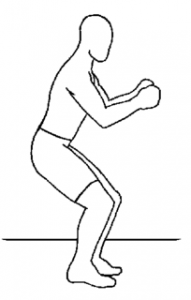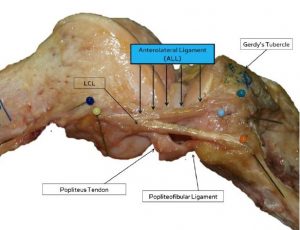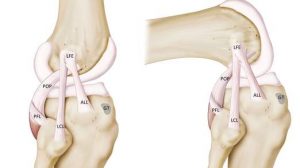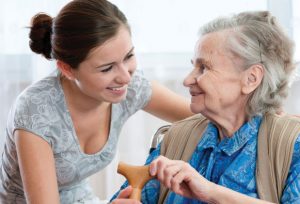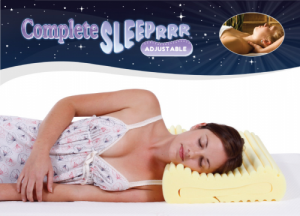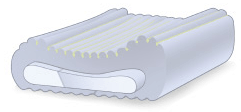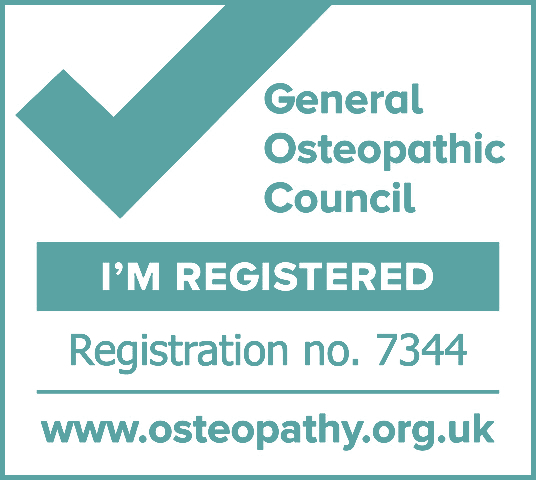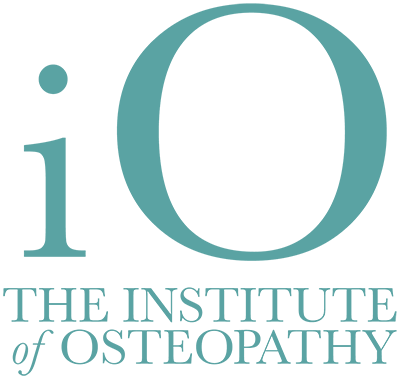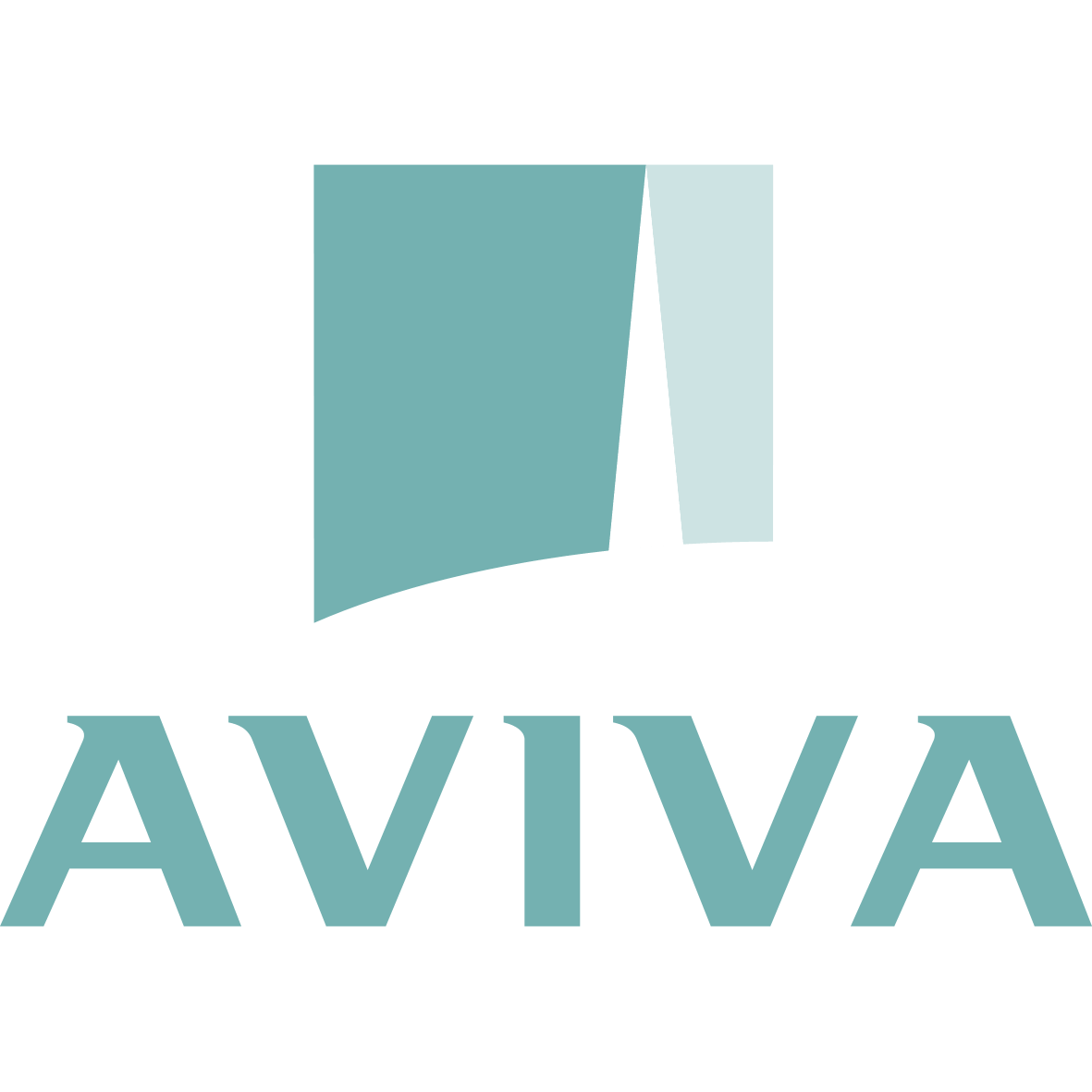3 Hares Clinic and the British Osteopathic Association Supports National Back Care Awareness Week
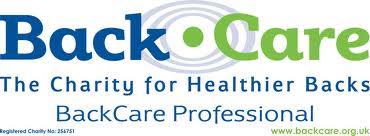 The British Osteopathic Association (BOA) is giving its full support to this year’s National Back Care Awareness Week. The theme, this year, is Builder’s Back Pain.
The British Osteopathic Association (BOA) is giving its full support to this year’s National Back Care Awareness Week. The theme, this year, is Builder’s Back Pain.
Tom Austen of 3 Hares Clinic, Chester commented:
“3 Hares Clinic and The BOA are delighted to give their support to National Back Care Awarerness Week which aims to raise awareness of the causes and treatments of this debilitating condition. Back pain accounts for half of all chronic pain people suffer and is the leading cause of sickness absence from work.”
The financial burden of back pain is enormous, costing the UK economy £37 million, £13 million in disability benefits and the NHS £1.3 million EVERY DAY. That’s a staggering £19 billion every year.
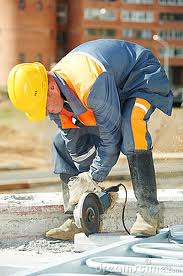 This year’s campaign is focusing on the construction industry, which generates 30,000 new back injuries each year. Most back injuries for construction workers are typically sprains and strains that occur in the lower back due to activities where you lift, lower, carry, push, or pull.
This year’s campaign is focusing on the construction industry, which generates 30,000 new back injuries each year. Most back injuries for construction workers are typically sprains and strains that occur in the lower back due to activities where you lift, lower, carry, push, or pull.
The risk of injury increases if you repeatedly carry heavy loads and must twist your back, or if you tend to work bent over or in awkward positions. An osteopath can identify and tackle the underlying musculo-skeletal problems that cause pain and a large number of patients who have already been prescribed painkillers no longer need their prescriptions.
Osteopaths work with their hands using a wide range of treatment techniques, such as soft tissue and neuro-muscular massage, joint mobilising techniques and corrective manipulations designed to improve the mobility and range of movement of a joint.
Top tips for preventing back pain on a building site
• Cut down on carrying. Have materials delivered close to where they will be used.
• Try to store heavier materials at waist height.
• Raise your work to waist level, if you can.
• Make sure floors and walkways are clear and dry. Slips and trips are a big cause of back injuries.
• Take rest breaks. When you are tired, you can get injured more easily.
• Use carts, dollies, forklifts, and hoists to move materials—not your back.
• Use carrying tools with handles to get a good grip on odd-shaped loads.
• If materials weigh more than about 50 pounds, do not lift them by yourself. Get help from another worker or use a cart.
• When lifting or carrying materials, keep the load as close to your body as you can.
• Try not to twist when lifting and lowering materials. Turn your whole body instead.
• Lift and lower materials in a smooth, steady way. Try not to jerk to lift.
• When you pick up materials off the ground, try supporting yourself by leaning on something while lifting. Also don’t bend over; instead, kneel on one knee and pull the load up on to your knee before standing. Make sure to wear knee pads when you kneel.
If you would like any further information please don’t hesitate to get in touch with us. We would be more than happy to help with any enquires
www.3haresclinic.com Book Online or Call 01244316660 for appointments.

